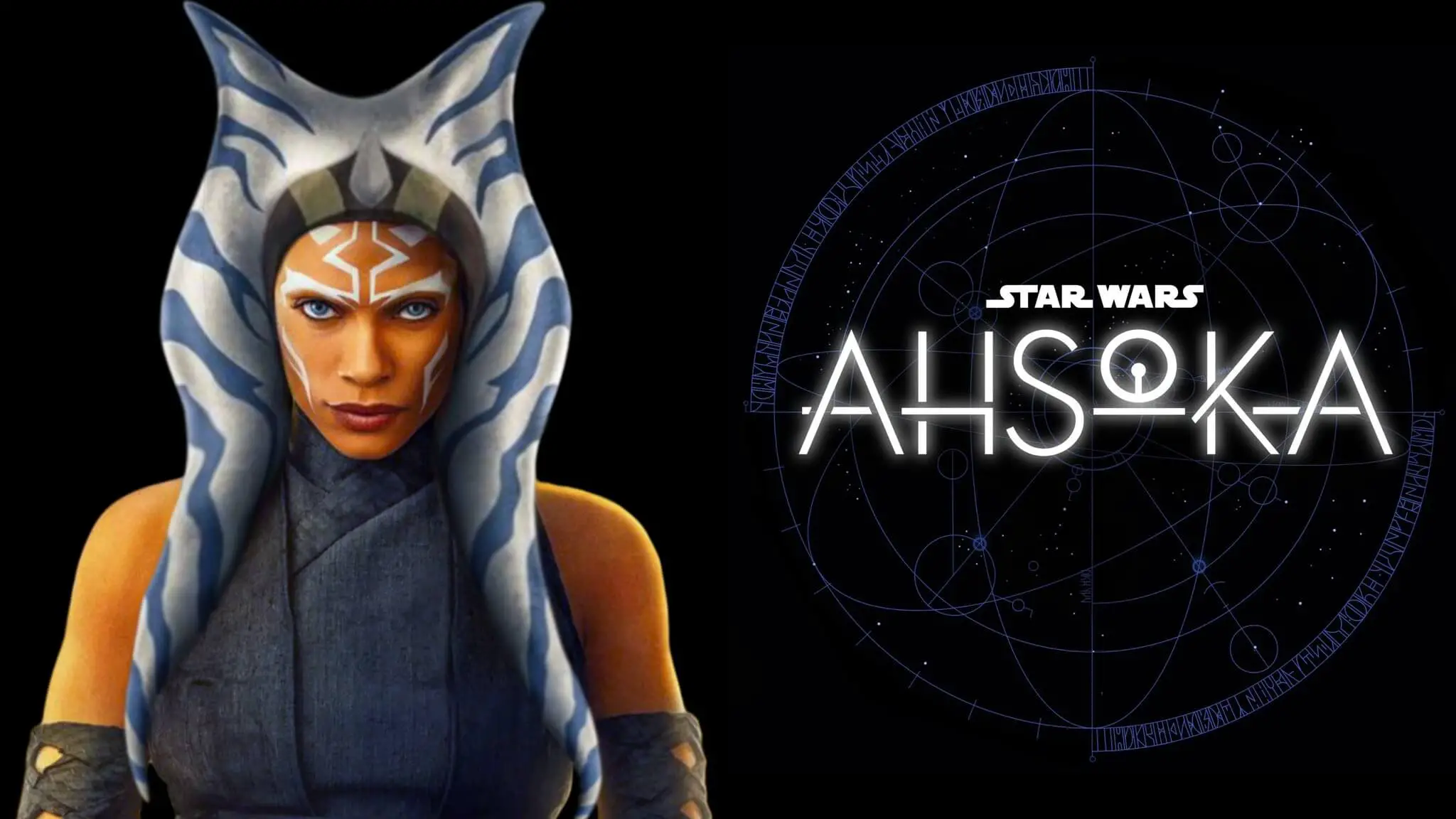In a realm where Star Wars TV series have become an unmissable ritual for die-hard enthusiasts but a cautious venture for casual viewers, Ahsoka emerges as the latest addition to the space saga universe. Could it be the kind of cosmic crossover that evokes the excitement of Andor, the thrill of The Mandalorian (limited to its first two seasons!), and the climax of The Book of Boba Fett? Or does it fall into the category of niche indulgence, akin to parts of Boba Fett, recent Mandalorian episodes, and the entirety of Obi-Wan Kenobi?
Following a gripping inaugural double feature that reintroduces us to the exploits of Ahsoka Tano (brought to life by Rosario Dawson), the verdict is still out. Ahsoka boasts echoes of the magic that made Andor and the initial Mandalorian escapades captivating. Yet, it wrestles with the same ailment that plagues lackluster Star Wars entries: an excessive reverence for the lore, leading to the assumption that our interest is assured.
Our protagonist, a former apprentice to Anakin Skywalker, the figure who metamorphosed into Darth Vader, hasn’t succumbed to the allure of the Dark Side. While defining Ahsoka’s role proves challenging – she occupies a space between mentor, vigilante, and problem-solver – she exudes a poised and resolute demeanor in an era marked by fragile advancement. The oppressive Galactic Empire may have crumbled, but the dread of its resurgence lingers. Ahsoka’s mission revolves around tracking down and thwarting Grand Admiral Thrawn, an exiled pillar of the Empire. A cryptic map holds the key to unveiling his whereabouts, but as ominous mercenaries, wielding Jedi-like abilities for sinister purposes, set their sights on the map, a race against time commences. However, speed isn’t the essence of this race.
Ahsoka unfolds in a distant galaxy that appears ignorant of the screenwriting adage to join scenes late and depart early. Take, for instance, a sequence where Ahsoka scours a deserted underground nexus on an isolated planet. Just like every other facet of the series, this timeworn and dusty lair boasts intricate design, evoking delightful Indiana Jones vibes. Concealed trapdoors swing open, relics emerge from the sands, and stone obelisks pivot to unleash their enigmatic power. Yet, the pacing remains deliberate, assuming that viewers arrive prepared to revel in every move Ahsoka makes – a privilege bestowed upon those who’ve spent over a decade witnessing the character’s evolution in the animated series Clone Wars and Rebels. For those less steeped in Ahsoka’s history, minutes spent observing a woman locate a map might be perplexing.
Eventually, amidst copious scenes of admiring impeccably rendered CGI backdrops and extended instances of characters wandering aimlessly, a fellowship takes shape. Ahsoka’s quest for assistance in deciphering the map leads her to enlist her talented but erratic former protégée, Sabine Wren (portrayed by Natasha Liu Bordizzo). Reliable aid materializes in the form of Hera Syndulla (played by Mary Elizabeth Winstead), a commander within the benevolent New Republic.
The all-female trio possesses potential for a nuanced narrative within the realm of cosmic escapades. Maternal Ahsoka and maternal aunt Hera endeavor to nurture Sabine’s untamed combat skills, embodying a character-driven approach. While Ahsoka occasionally maintains an enigmatic aura – almost resembling a sitcom mom, expressing silent exasperation – and Hera’s primary discernible trait is her verdant complexion, the dynamic remains promising. Action sequences aren’t neglected: Sabine’s impulsiveness ensures hoverbike duels and pursuit scenes are recurrent, while Ahsoka routinely showcases her signature reverse-grip lightsaber combat. An exploration of a bustling port adds a touch of Andor-esque insight into the perpetual battle against fascism. Here, it’s evident that while the Empire no longer governs, its influence persists.
The foundation is laid, contingent upon the show’s recollection that Star Wars shines brightest when it’s brisk and entertaining, rather than languid and somber. Another prospect eludes the series in the form of Huyang, a droid with the voice of David Tennant (reprising his role from Clone Wars). Huyang adopts the persona of a caring but meticulous butler, reminiscent of PG Wodehouse’s Jeeves and Red Dwarf’s Kryten. However, in scenes where exposition demands clarity, characters often engage in dry dialogues, bypassing the “show, don’t tell” rule that hasn’t traversed the cosmic journey intact. As a result, Tennant often grapples with injecting humor into unfunny lines. Much like every aspect of Ahsoka, his potential could flourish if given the liberty to captivate and amuse.
In the tapestry of cinematic space opera, Ahsoka, though still finding its footing, offers a glimpse of promise. As the stars continue to beckon, we remain hopeful that the series will navigate its path with agility, capturing the essence of Star Wars that sparks our fascination and devotion.

